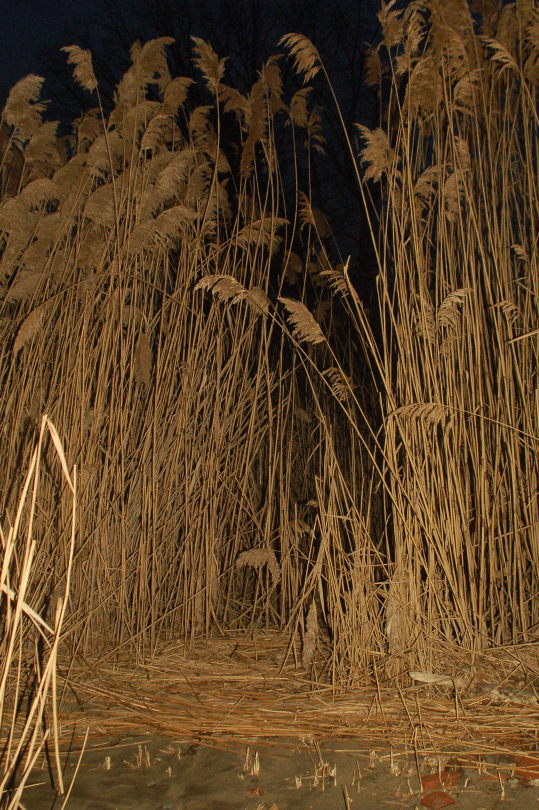#phragmites
Explore tagged Tumblr posts
Text


12/23/23
#my pics#nature#night photography#beach#flash photography#these plants are so tall btw. look at the bricks in the sand for comparison#new york#phragmites#thank u to ppl who IDed them! didnt know they were invasive#original photography#december 2023
3K notes
·
View notes
Text

Wooden comb with crabs and reeds, Taishō period 20th century 青地蟹葦絵模様 絵木櫛 大正時代
284 notes
·
View notes
Text

Can you tell where we stopped spraying?
10 notes
·
View notes
Text



I was taking a walk
And I took these pictures of some gulls ,cordgrass , Phragmites, and the Hackensack river 
#mudflats#native plants#meadowlands#seagulls#hackensack river#phragmites#new jeresy#Secaucus#marsh#nature#urban birding
5 notes
·
View notes
Text

Phragmites Software Solutions' skilled social media marketing can help you increase your internet visibility. We develop custom plans to reach people, build your brand, and produce outcomes on all the main channels.
📞 Call us: +91 9692018804 🌐 Visit: www.phragmites.net
3 notes
·
View notes
Text





#sunlight through trees#riverwalk#fyris river#aquatic plants#wildflowers#reeds#phragmites#bedstraw#galium#clover flowers#trifolium#comfrey#symphytum#hospitalstradgarden#uppsala#sweden
5 notes
·
View notes
Text

Annina Dietzenbacher - January 2025
#phragmites#phragmites australis#reed#photography#photo#annina dietzenbacher#nederland#the netherlands#netherlands#plantsky
1 note
·
View note
Video
Kingfisher @ West Sussex Wetlands by Adam Swaine Via Flickr: Kingfishers can still be seen fishing at the Ramsar hide- we also see them at the Scrape hide and on the Arun Riverlife Lagoon as the birds make a circuit around the site to feed. A beautiful bird to see and capture today at WWT Arundel west Sussex & a super day out had by all..
#Birds#kingfisher#passerine bird#passerines#perching#little birds#water birds#english birds#english#england#britain#british#british birds#RSPB#wildlife#wild#animals#phragmites#scenic#sussex#West Sussex#wwt#arundel#Adam Swaine#fujj#2024#walks#waterside#water#waterways
1 note
·
View note
Text

Apr 20, 2024
2 notes
·
View notes
Text

Reed, Sacred Lotus, Water Birds and Green Peafowl by Tomonobu Kano (1843-1912)
206 notes
·
View notes
Text

Spraying phragmites today and while they are atrocious for wetland ecosystems here in North America, I can’t help but admire them. I think they’re actually very beautiful and I love how when they decide they want to branch out, one of the stalks just falls over and becomes the rhizome. Very impressive. I want to reinvent myself like that. I would love to visit their native range one day so I can appreciate them without also having the urge to set them on fire.

2 notes
·
View notes
Photo

Prospect Park, 2023-03-19 . . . . #prospectpark #trees #phragmites #365project #photojournal #dailypic #streetphotography #streetshot #ig_street #justgoshoot #nycphotography #nyclife #newyork_ig #what_i_saw_in_nyc #googlepixel #teampixel #urbanphotography (at Brooklyn, New York) https://www.instagram.com/p/Cp_zZiUOfqT/?igshid=NGJjMDIxMWI=
#prospectpark#trees#phragmites#365project#photojournal#dailypic#streetphotography#streetshot#ig_street#justgoshoot#nycphotography#nyclife#newyork_ig#what_i_saw_in_nyc#googlepixel#teampixel#urbanphotography
1 note
·
View note
Text
My husband requested a series of invasive species for his shirts. First up - Common Reed (Phragmites)

Spooky Season


61 notes
·
View notes



